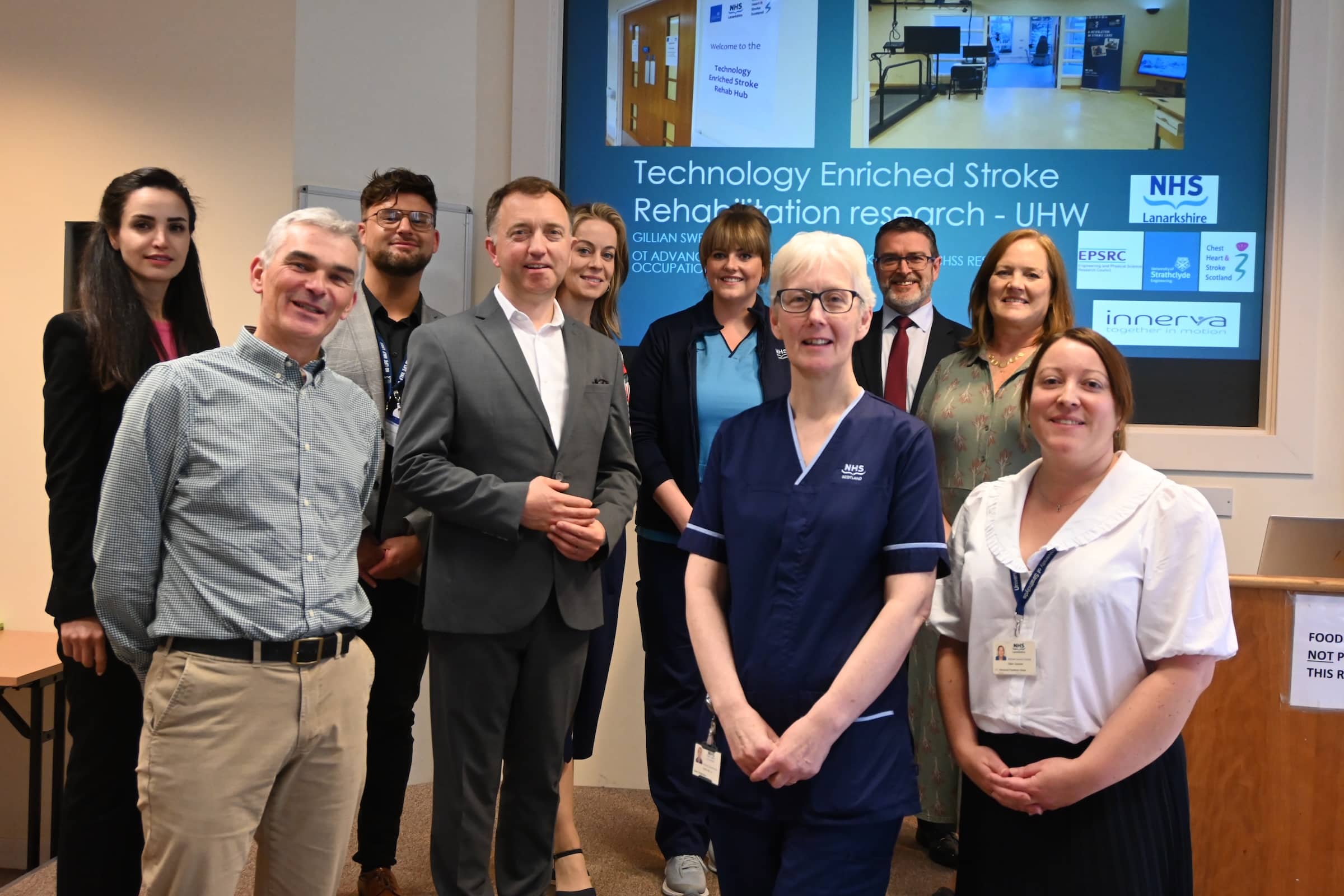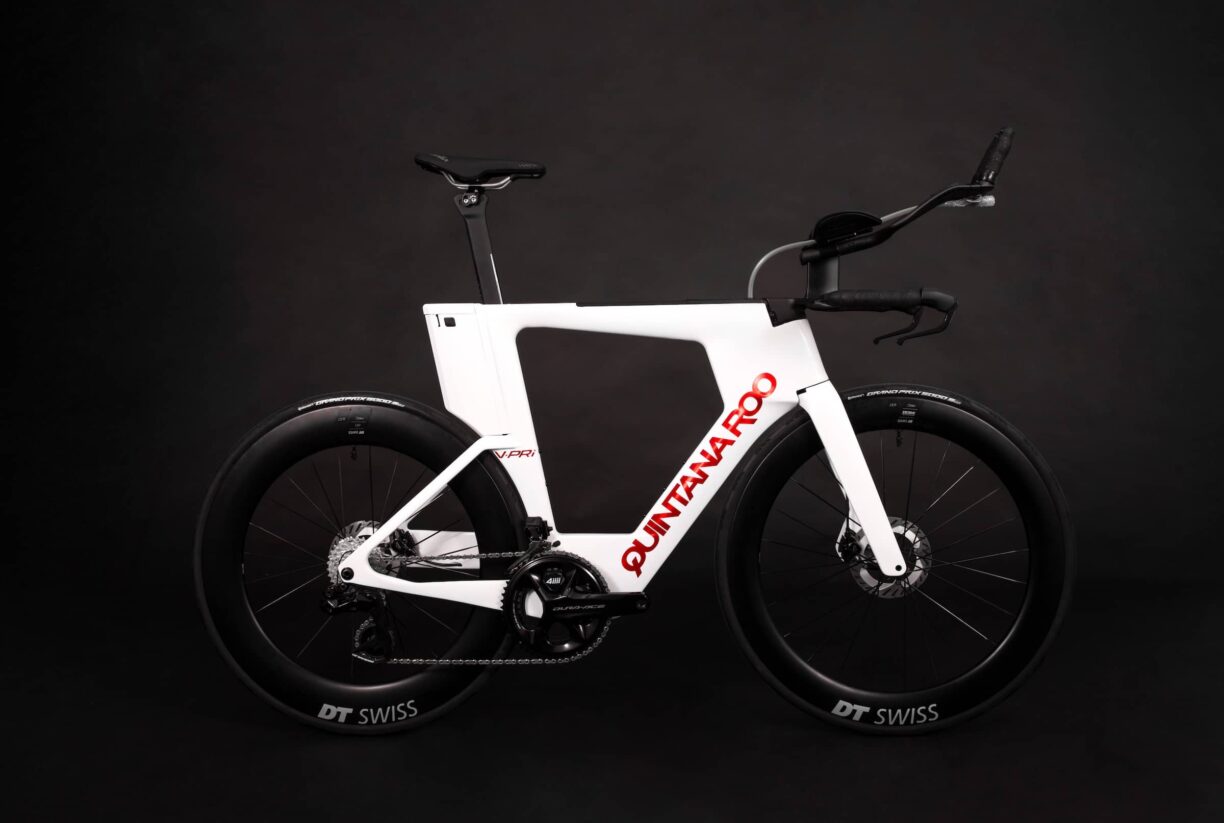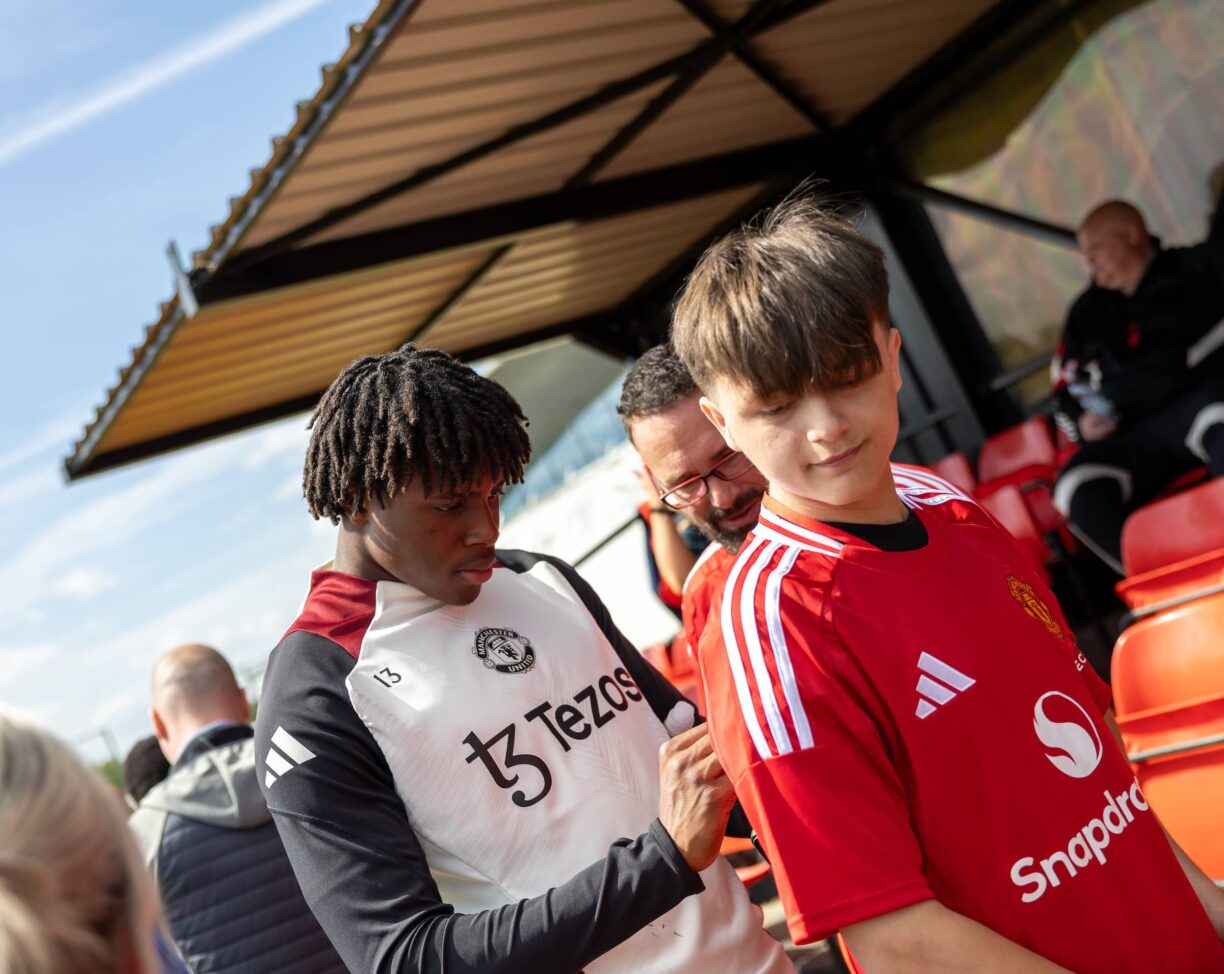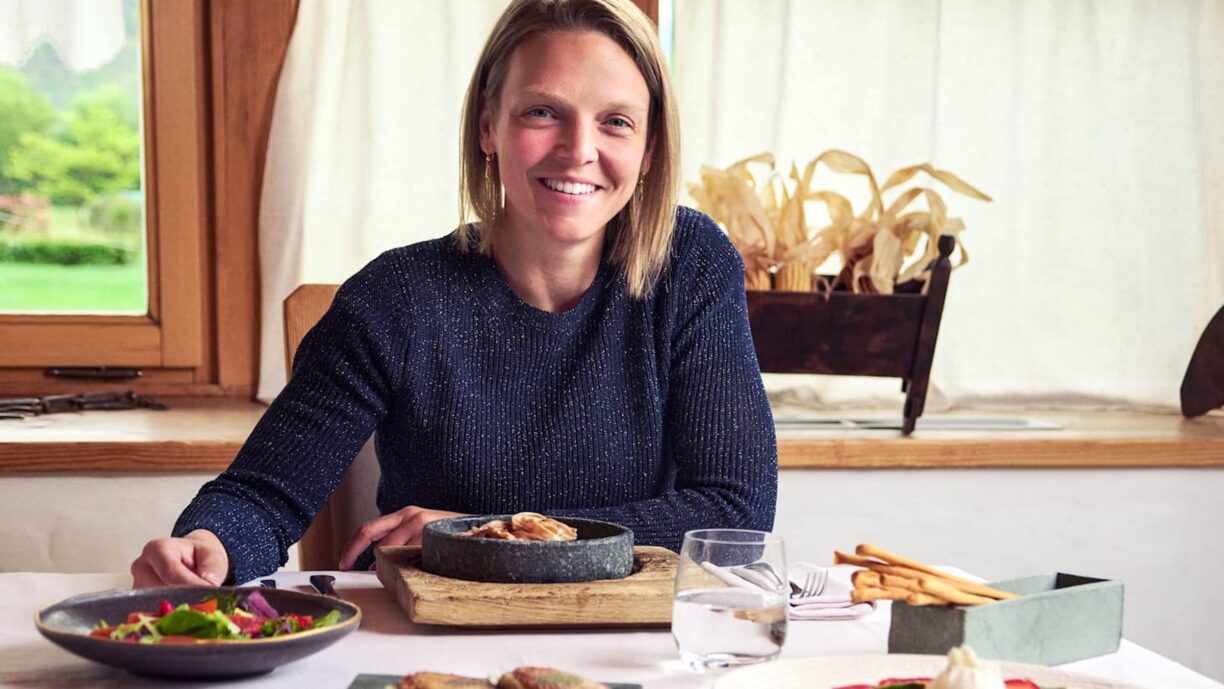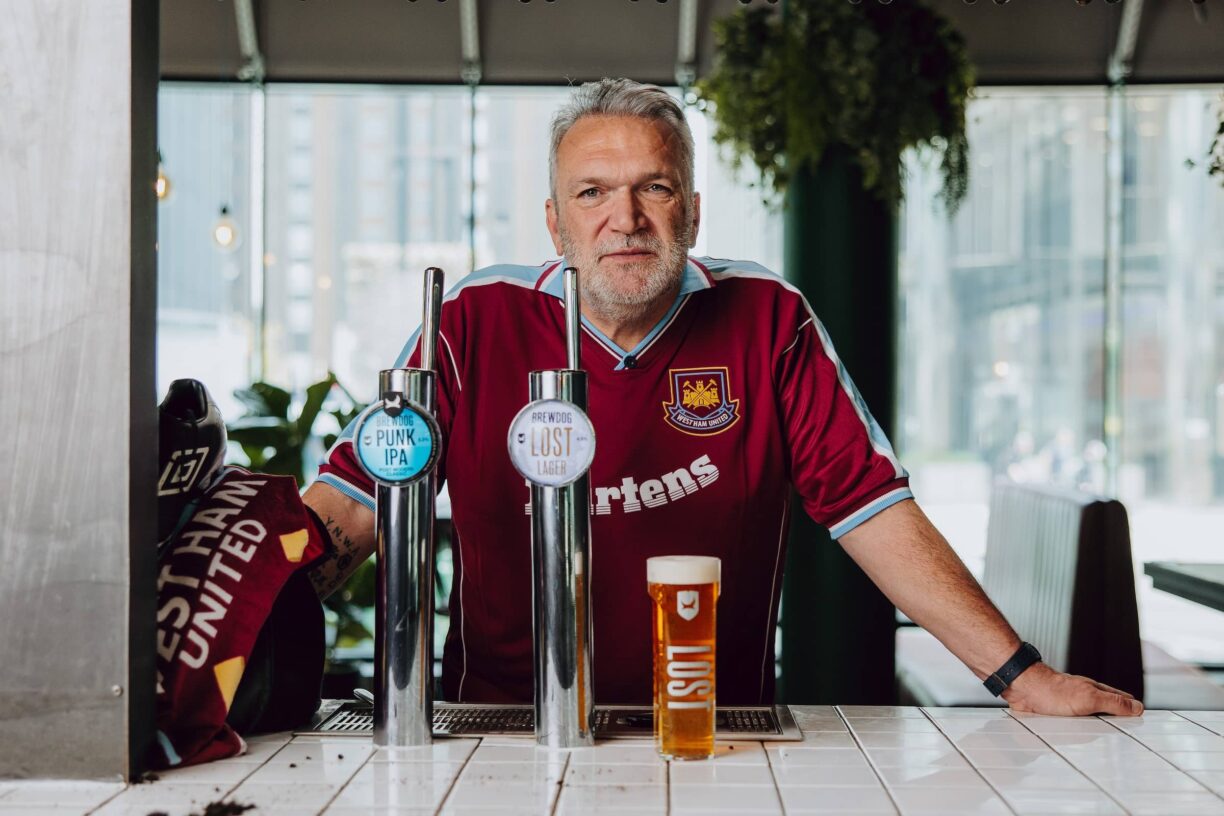Revolutionary things are happening at the University Hospital in Wishaw, Lanarkshire, and no, it’s not about some fancy new surgery technique or a futuristic robot nurse.
This time, it’s all about stroke recovery, and the results are looking mighty promising. Thanks to some clever thinking and a lot of teamwork, stroke survivors could be seeing brighter days ahead, not just in Scotland but across the entire UK.
At the heart of this exciting development is a pilot program that’s been turning heads left and right. The project is spearheaded by the University of Strathclyde, NHS Lanarkshire, and Innerva, a power-assisted exercise specialist.
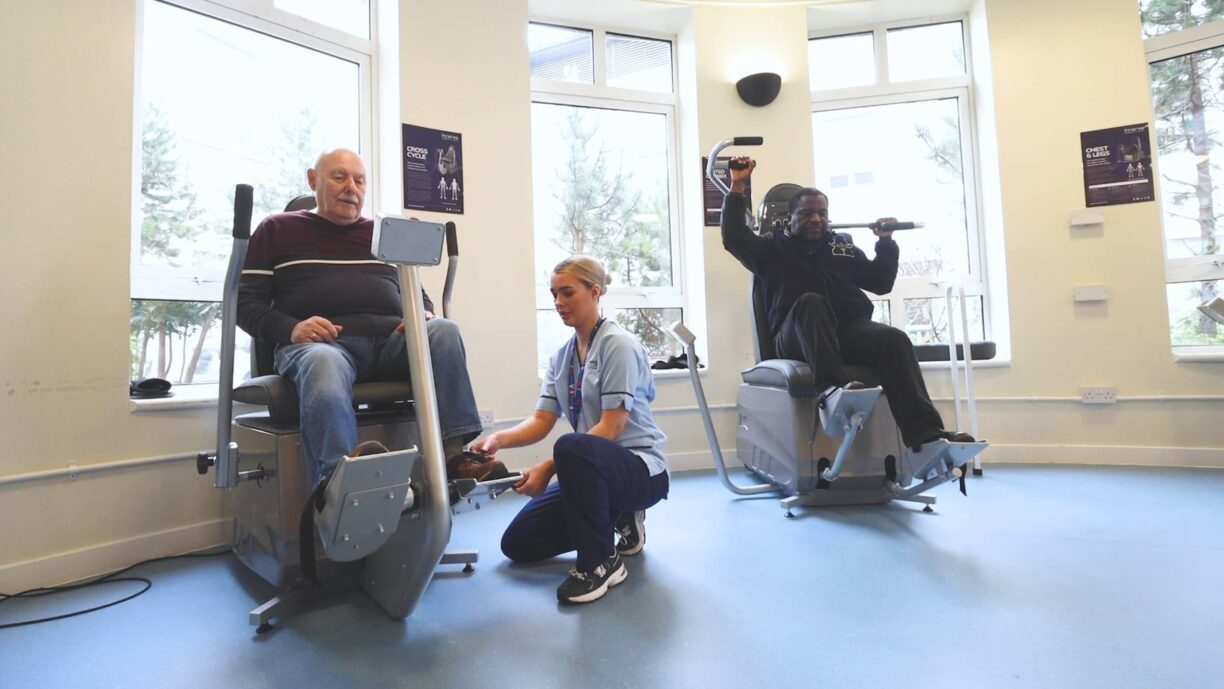
Thanks to a boost from the Engineering and Physical Sciences Research Council’s (EPSRC) Impact Accelerator Account (IAA), they’ve launched a new Technology-Enriched Stroke Rehabilitation Hub at the University Hospital in Wishaw. Their aim? To supercharge recovery for stroke patients and finally align with those ambitious new guidelines set by the National Institute for Health and Care Excellence (NICE).
Right now, stroke patients in the NHS are getting the short end of the stick when it comes to rehabilitation—just 34 minutes a day, to be exact. That breaks down into 14 minutes for physiotherapy, 13 minutes for occupational therapy, and a measly seven minutes for speech and language therapy.
To put it bluntly, that’s miles away from the new NICE guidelines, which are calling for three hours of therapy every day, five days a week.
This new trial, however, is shaking things up in a big way. It’s nearly tripled the daily rehab time for patients, adding an average of 53 extra minutes.
That brings the total to a more respectable 87 minutes a day. It’s not quite three hours yet, but it’s a massive step in the right direction.
Dr. Gillian Sweeney, an occupational therapist and a key figure behind this hub’s development, couldn’t be more thrilled. She shared, “The results of this 10-month pilot are extremely encouraging.
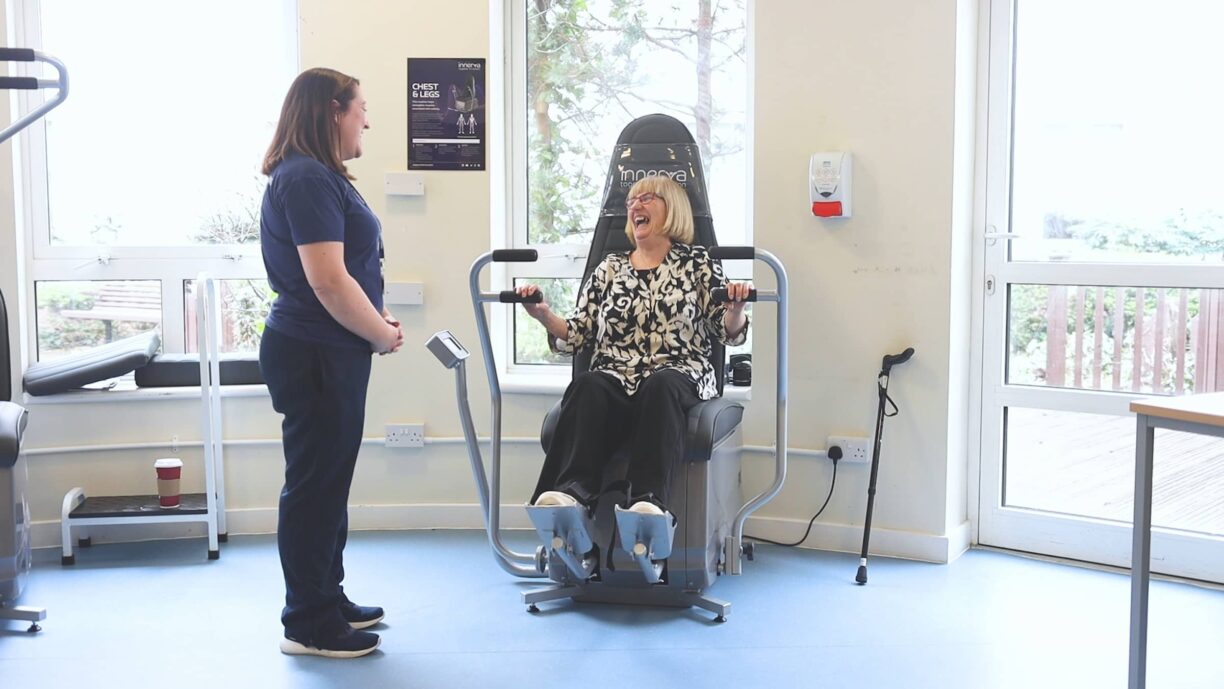
Our early findings show that the hub’s group sessions are both safe and effective and patients are receiving substantially more therapy.
Patients began accessing the rehabilitation facility within days of experiencing a stroke, with some continuing for up to four months until they were discharged.”
The hub itself is like a playground of high-tech wizardry designed to help stroke survivors get back on their feet—literally and figuratively.
Nestled in the largest stroke unit in Lanarkshire, it’s packed with tools like a treadmill with a special harness, a balance trainer, cognitive and virtual reality gadgets, and, of course, Innerva’s power-assisted equipment. This gear is great because it allows patients to go at their own pace, whether they need to take it slow or are ready to push a bit harder.
The pilot brought in 50 participants, ranging from folks in their 30s to their 90s, and the feedback has been overwhelmingly positive.
Patients and their families have spoken highly of the increased physical and mental activity, a much-needed change of scenery from the hospital ward, and the chance to connect with others going through similar experiences. In short, it’s been a win-win.
One of the most impressive aspects of this pilot is how efficiently it uses staffing resources. Instead of overloading physiotherapists, occupational therapists, and speech therapists with group sessions, a whopping 86% of those sessions were led by experienced support staff. This clever bit of delegation allows the specialists to focus on one-on-one care, which is where they can make the most impact.
“This model has proved to be a cost-effective way to increase the intensity and frequency of stroke rehabilitation,” Dr. Sweeney explained.
“Patients receive a bespoke program designed by NHS therapy staff and can visit the hub daily for up to two hours at a time, on top of their normal therapy, where they are guided by Band 2 and 4 rehabilitation and nursing support staff.
The ability to cater for five to six patients at a time means patients can access the intensive therapy they need to transform their rehabilitation outcomes.”
The success of this pilot hasn’t gone unnoticed. It’s sparked a buzz across the NHS, prompting the creation of a working group that’s now looking at how to roll out similar models nationwide.
Dr. Andy Kerr, a Reader in Rehabilitation Engineering at the University of Strathclyde who led the project, summed up the excitement: “Our research group has been developing this technology-enriched intensive model of rehabilitation for several years, and we are delighted it has now been tested with the people that really need it.
The outcomes of the pilot are really encouraging and are a testament to working in partnership with the NHS and our industrial partner, Innerva.”
NHS Lanarkshire is already putting its money where its mouth is, committing to ongoing funding to keep the hub staffed.
They’re also lining up additional funding to secure the hub’s future and potentially bring this model to other NHS and community sites. There’s a real sense of momentum here, and it feels like this could be the beginning of something big.
David Heathcote, Head of Business Development at Innerva, echoed the sentiment: “We are thrilled to have supported this pioneering project, which could serve as a blueprint for establishing similar rehabilitation hubs in NHS and community settings across the UK, offering stroke survivors more accessible and effective rehabilitation options.”
So, what’s the takeaway here? This isn’t just another “good news” story from the world of healthcare. It’s a game-changing approach that could redefine stroke rehabilitation as we know it.
By bringing cutting-edge technology, smart staffing, and a real focus on patient-centred care together under one roof, this pilot has set a new standard.
And if the buzz is anything to go by, it won’t be long before this kind of model starts popping up in hospitals across the UK. For stroke survivors, that’s a future worth getting excited about.

